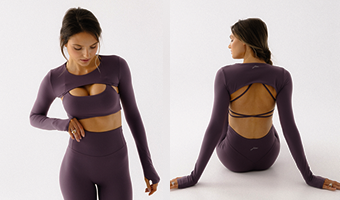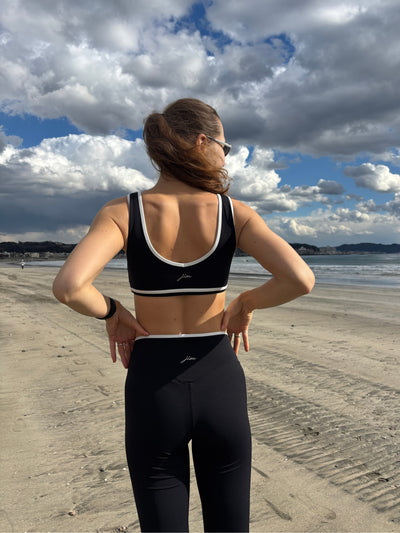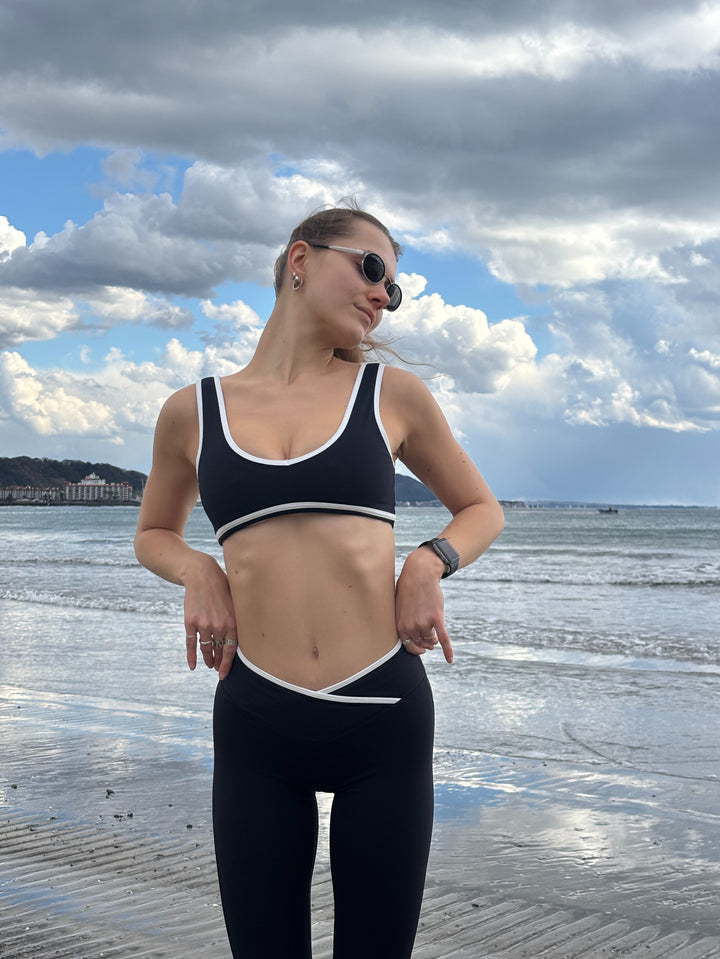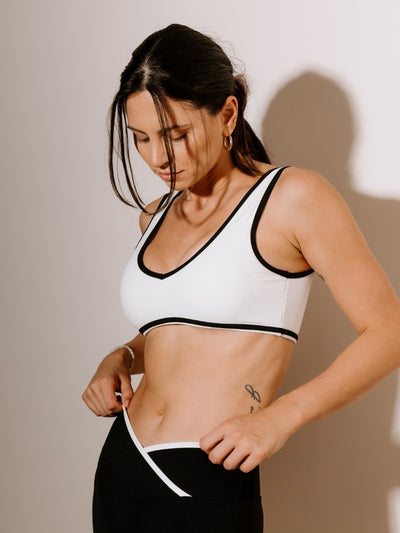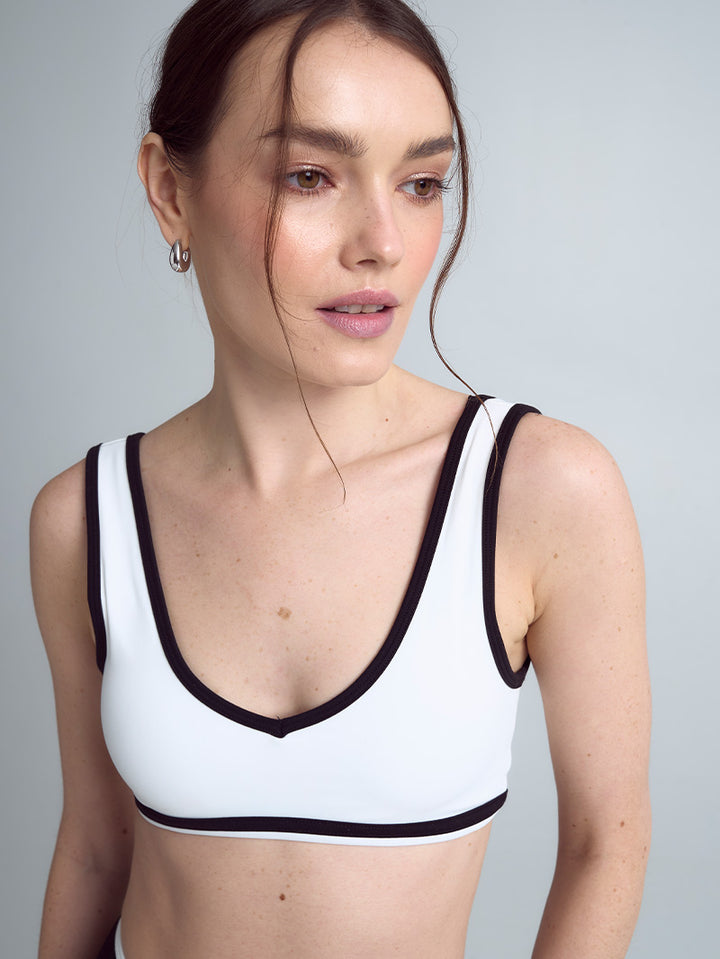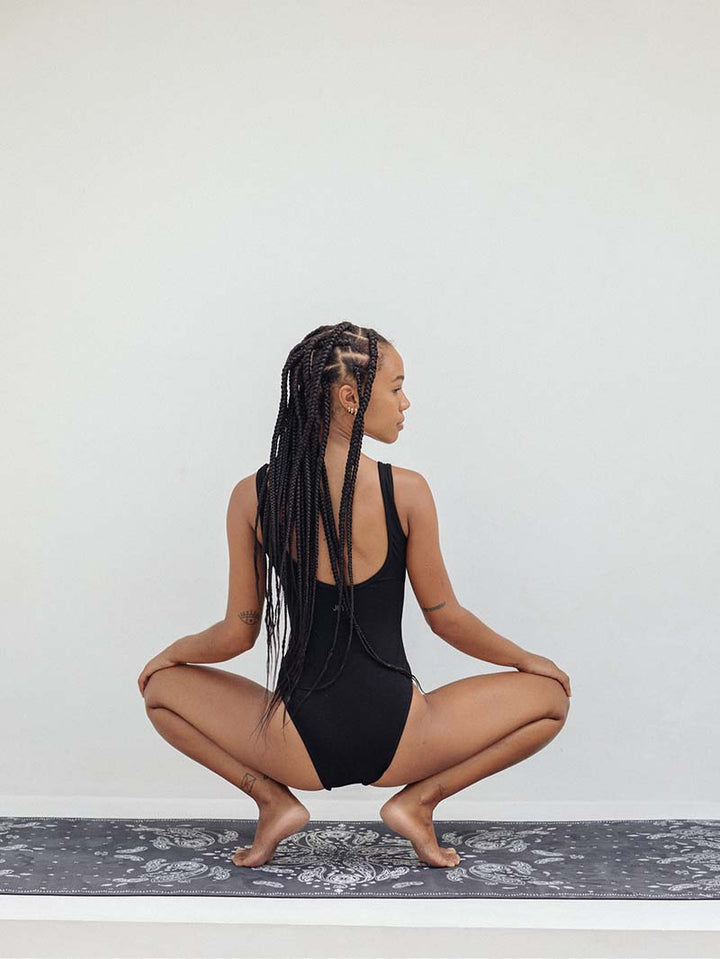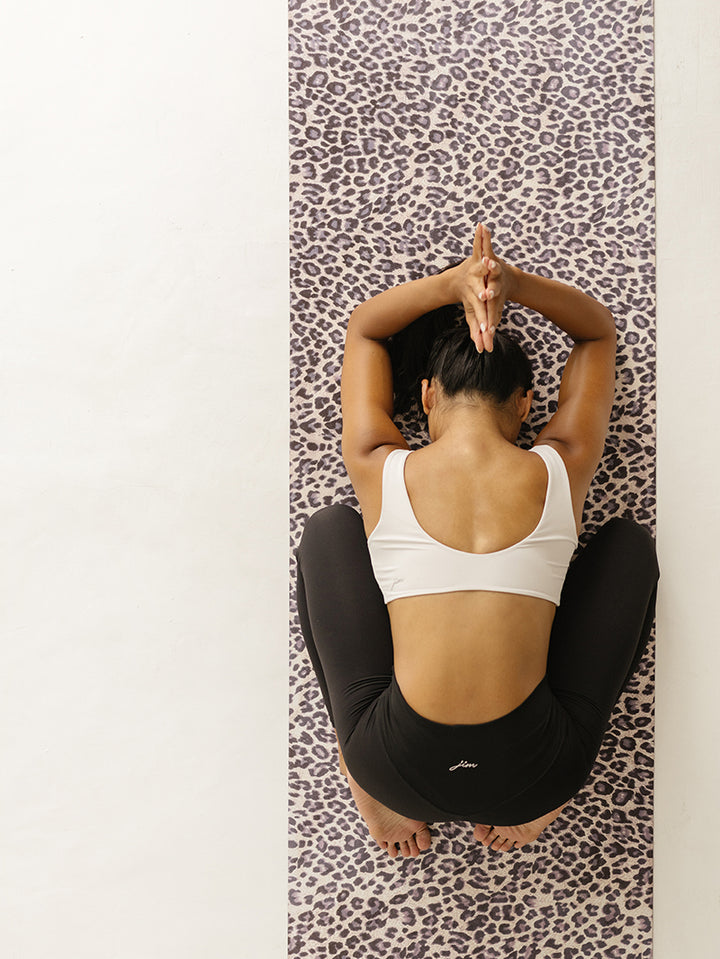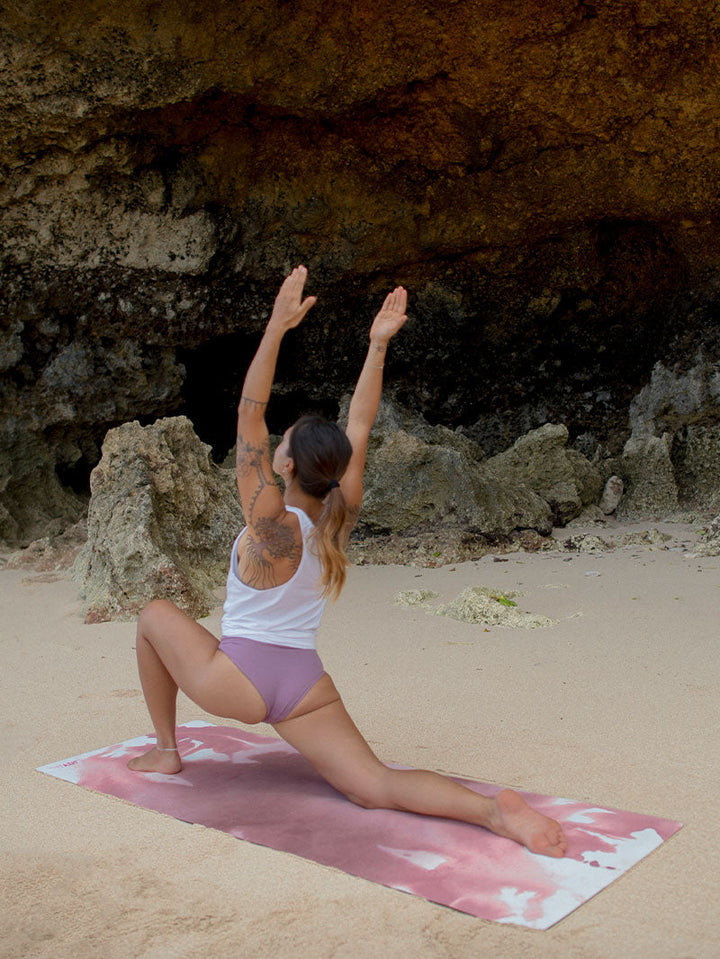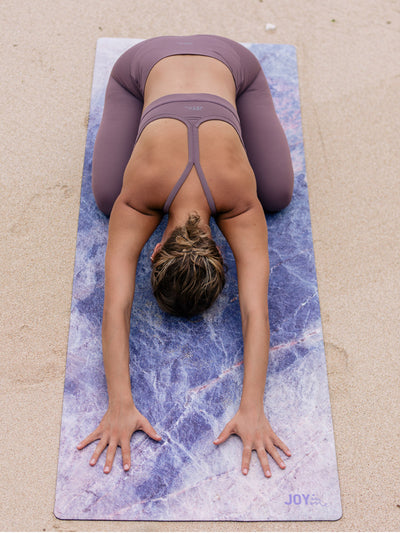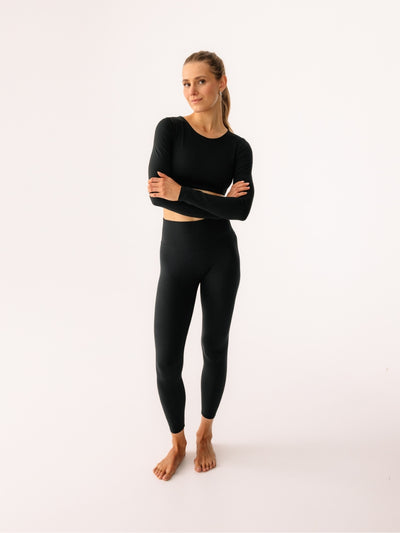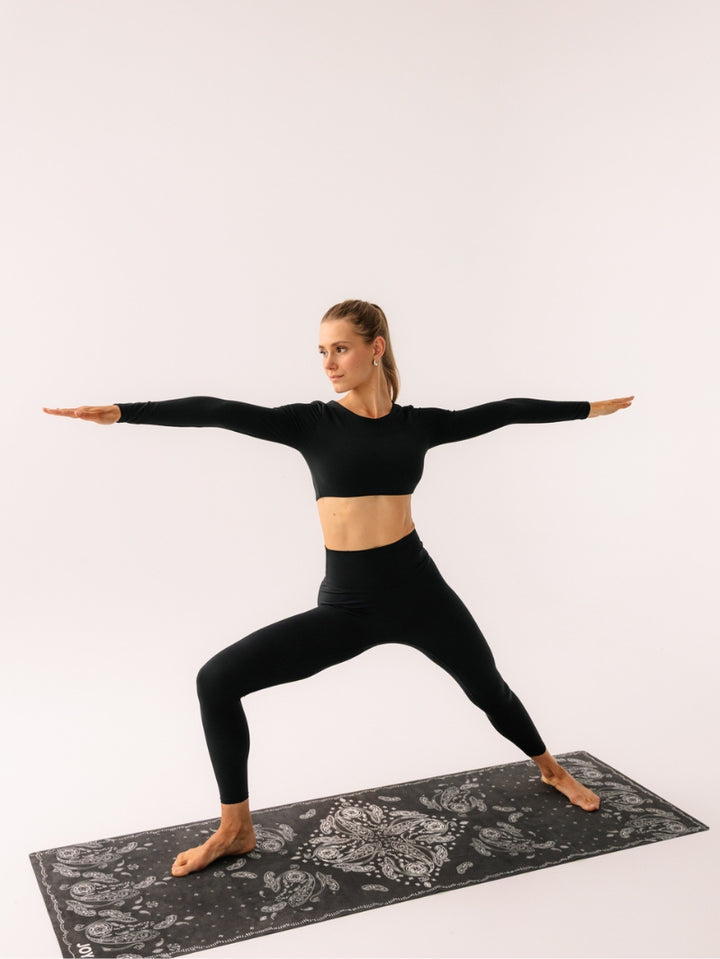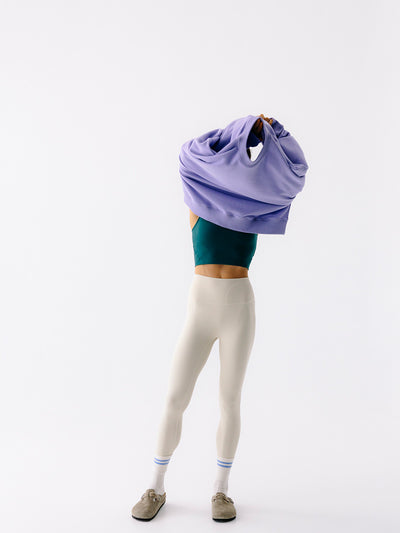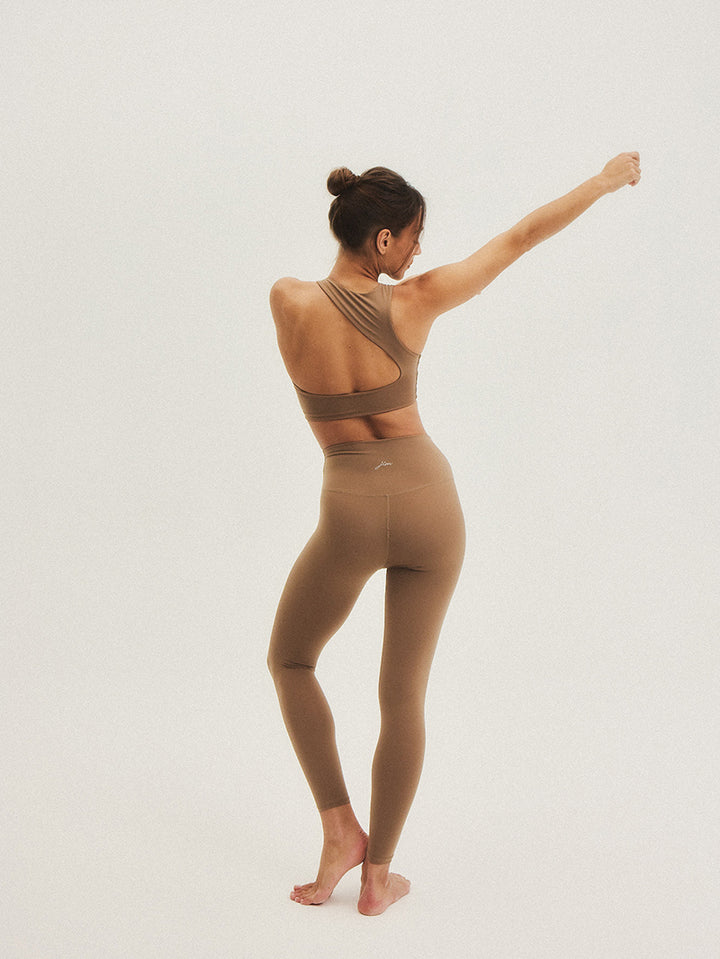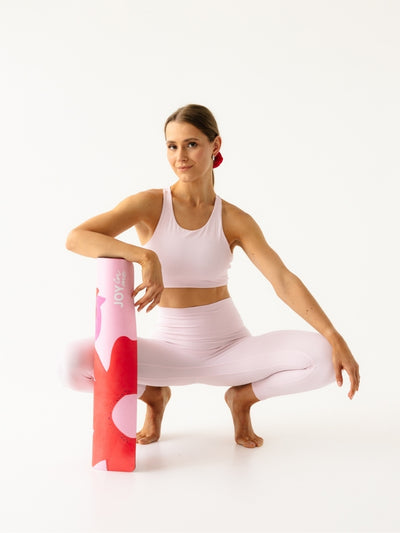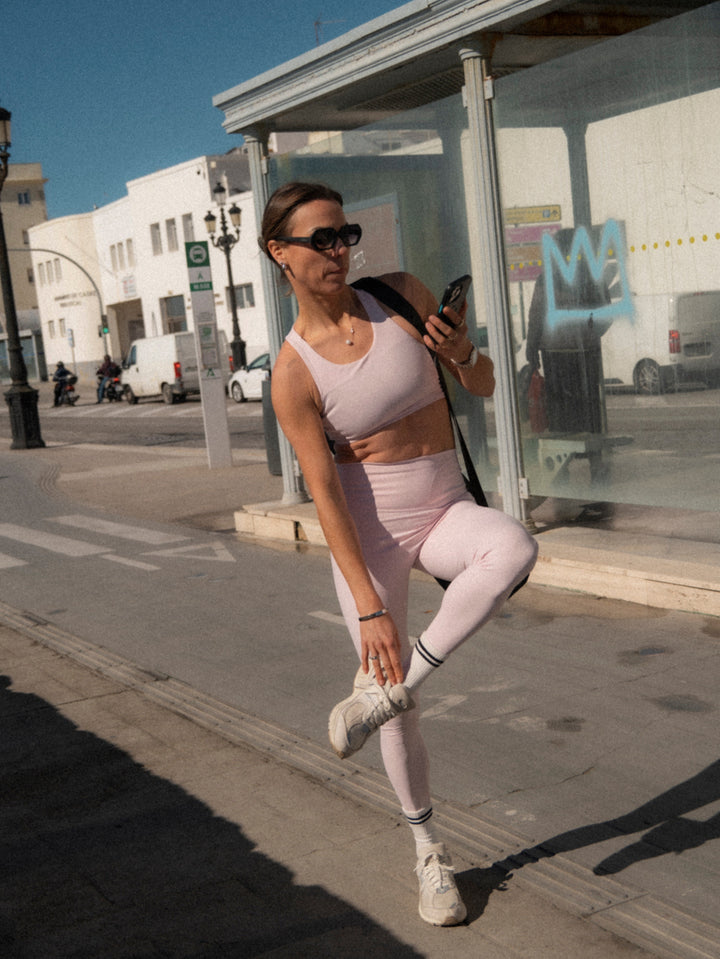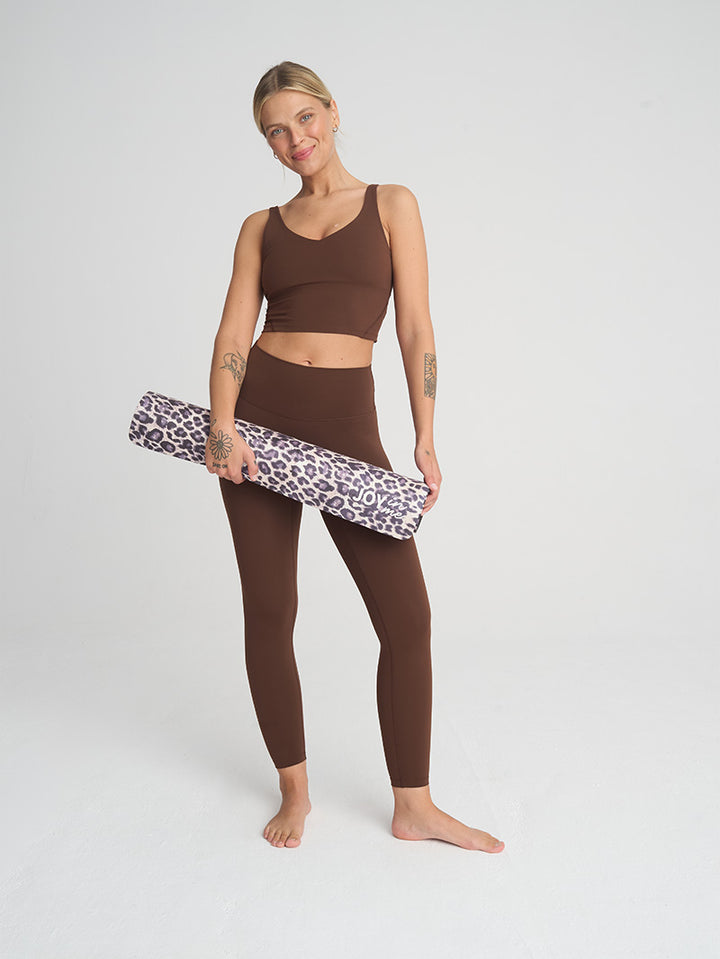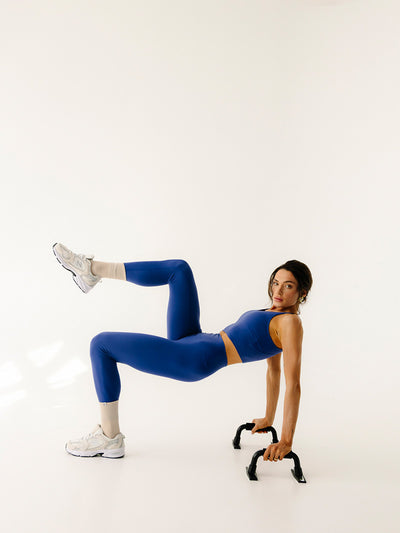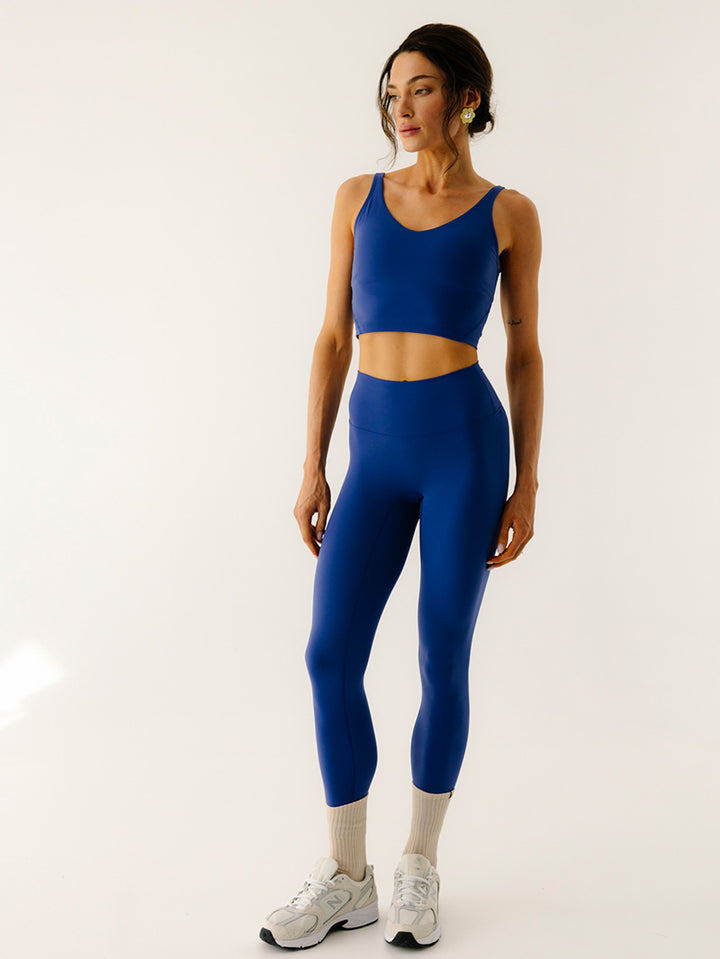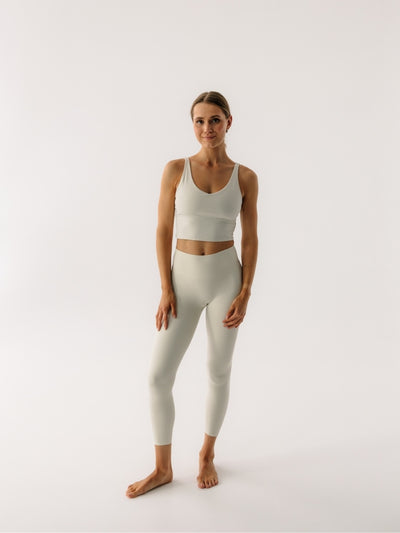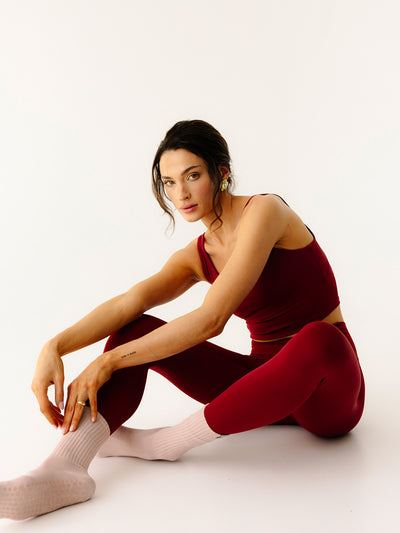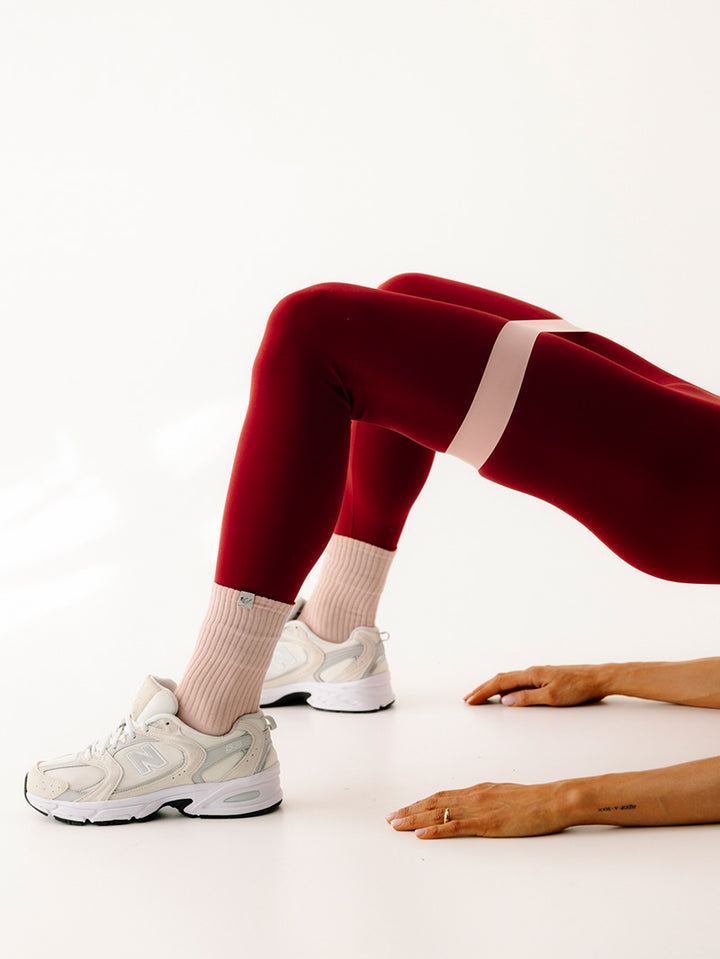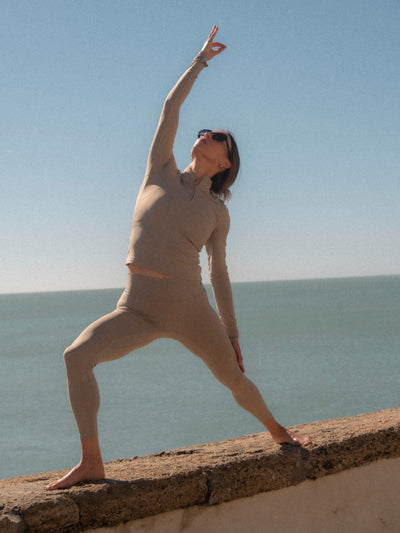Stretching for beginners – effects and how to start stretching!
It doesn't take much to start taking care of your health and physical fitness. Regardless of the type of activity, the body should be properly stretched and prepared for movement. What is stretching? Learn sample exercises!
What is stretching?
Stretching comes from the English language and simply means "to stretch." In practice, it's a system of exercises aimed at improving the flexibility of the entire body .
What's more, it has versatile applications - it can function as a standalone training device or as a permanent element of any activity, helping muscles not only stretch but also relax.
Types of stretching – static and dynamic training
There are several ways to stretch. The most popular exercise methods include:
- static – recommended as the culmination of physical activity, it primarily serves to cool down the muscles, which are stretched during rest and then relaxed;
- dynamic – involves intensive repetition of individual positions, and its aim is to, among other things, improve the range of motion in joints and activate muscle groups.
Benefits of stretching – why and when is it worth stretching?
Stretching for beginners can also provide a range of benefits that positively impact the entire body. Learn about the key benefits of stretching!
Improved flexibility and range of motion
Exercise involves lengthening myofibrils, the basic fibers that make up muscle tissue. This increases the length of the muscle, which naturally translates into improved flexibility and range of motion.
Reduction of pain and muscle tension
For people struggling with pain, especially in the cervical or lumbar spine, stretching the spine can help relieve tension. This makes stretching a great solution for anyone who works in a sedentary position .
If you experience problems related to inflammation or strain of individual muscles, it is worth consulting a doctor.
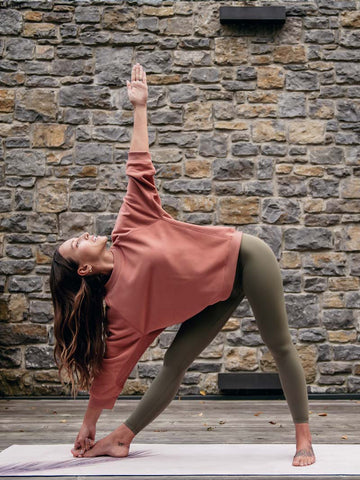
Strengthening joints and preventing injuries
Stretching the body allows for a greater range of motion in the joints, which, combined with better flexibility, results in improved body posture, stability and coordination.
To effectively minimize the risk of potential injuries – in addition to stretching – it is necessary to strengthen the muscles in parallel .
Improving well-being and reducing stress
Stretching is also worth doing because it can improve your well-being. Stretching helps you relax and reduce stress .
Stretching for beginners – how to start stretching?
Beginning your adventure with physical activity, regardless of your level of experience, requires a certain amount of caution and forethought. Learn how to properly prepare for stretching!
How to incorporate stretching exercises into your daily routine?
Stretching should be introduced gradually. Be mindful of your body to avoid overexerting it. It's best to start by mastering the basics and choosing a beginner-friendly set of exercises, using them, for example, after waking up or during strength training.
Choosing the right place, outfit, and time for stretching
Stretching, like any other activity, requires comfortable and flexible exercise attire , such as yoga leggings and a fitted, comfortable top . Do your exercises wherever you feel most comfortable – whether you choose a gym or a mat at home.
Warming up before stretching
While training can target specific muscle groups, warming up the entire body is crucial. Take a deep breath, calm down, and stretch your head, neck, back, and limbs one at a time.
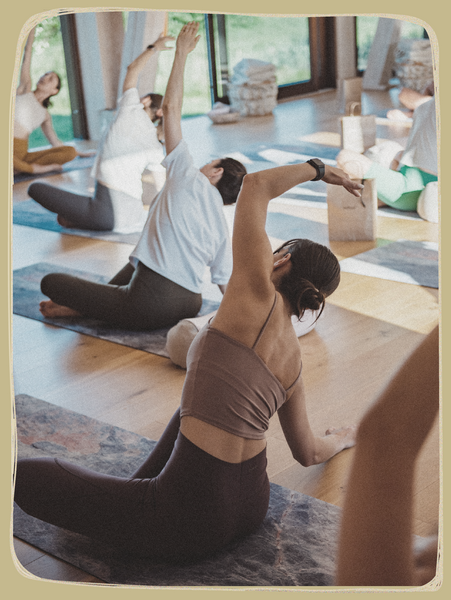
Rules for safe training and stretching at home
When training at home, create a safe space that allows for a full range of motion. Perform each pose precisely on a stable exercise mat .
Using or stretching without using equipment
You can practice stretching without any specialized equipment. However, if you want to enhance your daily routine, consider using tools like a bow or an exercise ball.
A sample set of basic stretching exercises
Here are the basic stretching exercises to start your stretching adventure with:
- head stretching – stand with your legs apart, tilt your head once to one side and once to the other, holding it lightly with your hand, then return to the starting position and move forward and backward;
- back stretch – sit down, raise your arm up and lean slightly to the side, if necessary you can support yourself with your hand, resting your weight on the floor;
- arm stretch – stand or sit, straighten your arms with one hand, grab your elbow with the other hand and pull until you feel a stretch.
Motivation to stretch regularly – when can you expect results and how not to get discouraged?
Beginnings are always difficult, so develop your skills slowly and in harmony with your body. Consistency and precision are key – not only to achieve satisfactory results but also to minimize the risk of injury.
If you want to diversify your daily workouts, it is worth alternating dynamic and static stretching .
